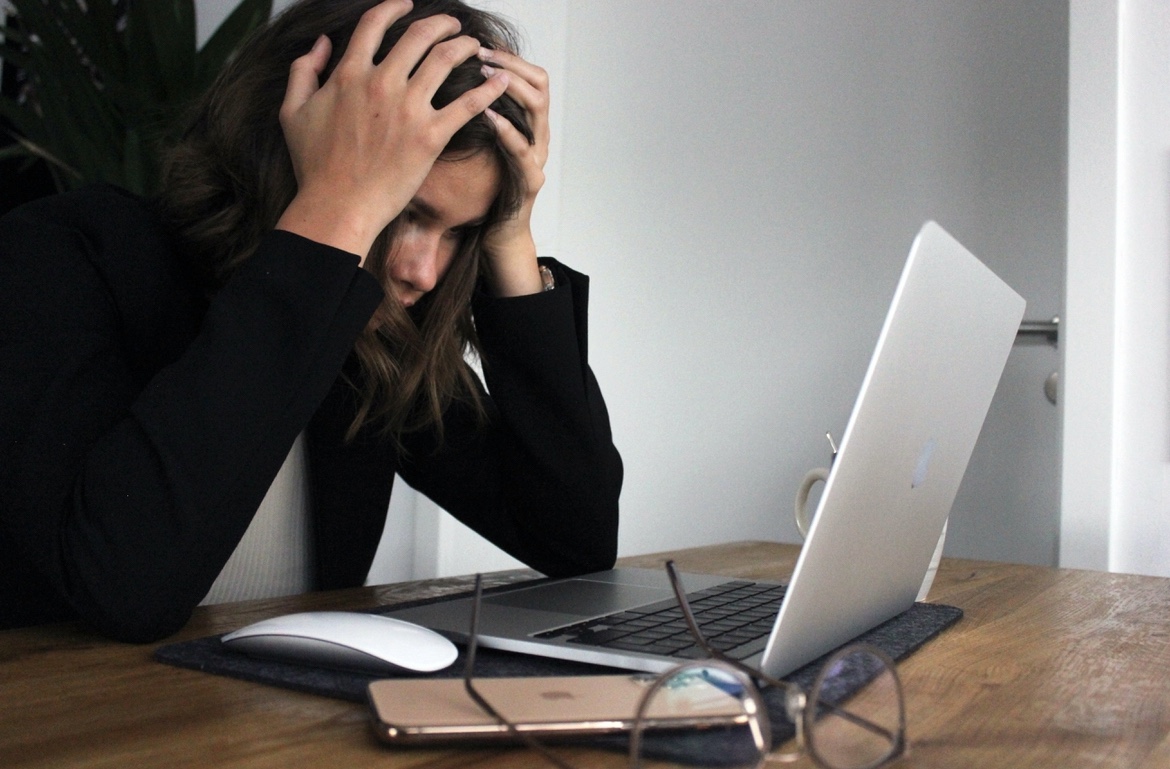Under pressure? Actionable ways to avoid employee burnout

As World Mental Health Day encourages people to think about wellbeing, IT professionals have come into focus as they struggle with mental health problems.
A recent study by mental wellbeing platform Yerbo found that 2 in 5 tech workers are at high risk of burnout, with 62% feeling physically and emotionally drained.
“While ‘World Mental Health Day’ is a great way to raise awareness of an important issue, it’s important to remember that mental health is very much a year-round issue that affects everyone,” said Nabila Salem, President of Revolent. “Tech can be an incredibly high-pressure environment, which is why prioritising wellbeing and mental health should be a major part of your working life, 365 days a year.”
The tech sector is already facing a skills shortage that is on the brink of a crisis, and statistics such as a quarter of Salesforce professionals working outside of their contracted hours suggest the problem could get worse before it begins to improve. Not only can this result in demotivating staff, but it also results in employee burnout.
What you can do to avoid burnout
Collaborating with Revolent to help combat mental health issues in the workplace, Hilary Sims, of Life Balancing Counselling, advised that there are some quick wins that professionals can implement themselves to help preserve their own wellbeing. “Avoiding burnout in a fast-moving / high-pressured job can be difficult, as these jobs come with a certain expectation to perform and pressure to deliver on targets. Workers can reduce the potential of burnout by setting their schedule for the day and sticking to it,” she says. “This can include setting start and finish times, as well as breaks and lunchtimes. I know a lot of people find this difficult but if they don’t do it, they are on the slippery road to no return. Carry out a regular assessment of where you are with your workload, and reassign tasks if required.”
Michaela Thomas, Clinical Psychologist at The Thomas Connection added that restoring your energy levels is another key component to avoiding burnout and improving wellbeing. “Recharge your batteries before they drain fully,” she said. “Finding fulfilling activities outside of work can help you base your self-worth on more than just your professional achievements, and help you live a life according to your own values. Employers can support this balancing act by allowing workers to tune into what matters to them beyond the workplace.”
Sims agreed with the importance of making room in your schedule, and to dedicating that to your own wellbeing, adding that “the computer and phone should be off during this time. Employers can also support their employees by giving them gym memberships or time out to be able to exercise whilst at work, as not everyone can do it after work.”
It’s also worth taking stock of where the demands are actually coming from. “If there is external pressure from your work environment for you to consistently perform at a high level, it can be overwhelming,” added Thomas. “It is even more overwhelming if you also meet that demand with a high internal pressure, such as unrealistic expectations or an inner critical voice telling you that you are a failure if you don’t meet your targets. Gaining insight into how much of the pressure is coming from outside of you and how much from within you is a good starting point—it is often a mixture of both in burnt-out individuals.”
Change in mindset
Ultimately, burnout is a real issue facing tech professionals and one that affects their mental health. It needs to be addressed properly by both employee and employer together, as there’s no running away from it, according to Thomas. “If the issues are coming from the pressure you put on yourself, changing jobs won’t fix it, as you’ll take your high standards and self-criticism with you to the next workplace.”
Sims agrees with this, adding that “you need to learn to focus on the things that you have achieved rather than what you haven’t. You need to learn self-gratification. It is ok to tell yourself, you have done a good job. A ‘be perfect’ driver can lead you to feel that nothing you do is good enough. Therefore if you move jobs, this will apply to your new job. In this scenario, it is about learning that your best is good enough because being perfect is not possible.”
For employers, support needs to be available to staff and presented to them properly. From Employee Assistance Programs to having access to qualified mental health practitioners—the process has to involve culture changes to prevent it happening, as well as putting a support system in place for when individuals are feeling the strain.
The end result, according to Salem, is mutually beneficial. “While supporting your employees and encouraging better physical and mental health is fundamentally the right thing to do, the benefits for anyone who takes notice are wide-ranging. Businesses have more productive staff who enjoy their day a lot more, while those professionals who’d previously been under pressure live happier, healthier lives.”






